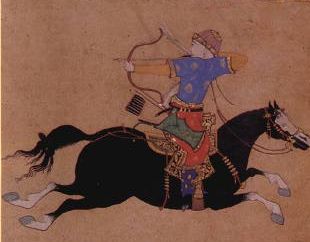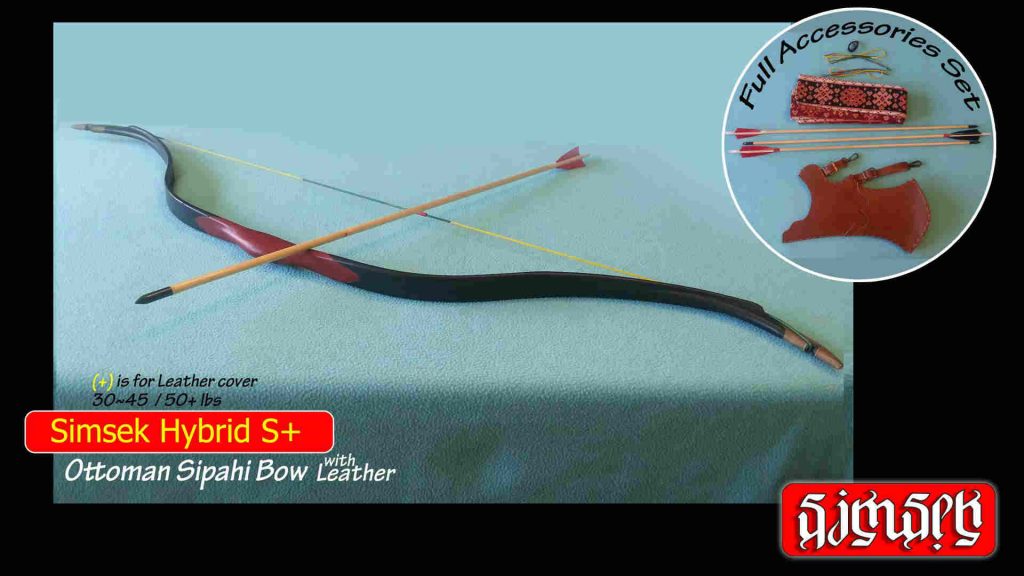Turkish Bow
The Turkish Bow: A Culmination
The Turks crafted the most sophisticated and powerful bows of the ancient world. They constructed their weapon from materials typical of Asiatic recurve bows – a wooden core, horn on the belly, and sinew on the back. However, the Turkish bow had the most extreme curvature because, when unstrung, the outer limbs would curve forward in a “C” shape and would often touch or overlap. Turkish archers used a thumb draw to operate their bows and frequently wore a thumb ring, or “zihgir,” to protect the digit and assist with the draw.

A traditional Turkish bow is a relatively short bow measuring between 41 and 44 inches from tip to tip when strung. The extreme reflex of the bow limbs, as well as the materials, results in extremely efficient bows. Flight archery (distance shooting) was widely practiced throughout the Ottoman Empire. Distances of 800 meters or more are recorded in Ottoman sources! The Ottomans developed specialized archery equipment to ensure the arrows would travel as far as possible.
Turkish Bow Making & Traditional Turkish Archery:
The Anatomy of a Turkish Bow
Used for millennia, the composite recurve bow slowly evolved over time. By the height of the Ottoman Empire (circa. 1400-1500 A.D.), the Turks had brought composite recurve bow design to it’s furthest point yet. Being highly efficient and compact they were also adorned, decorated, and made into aesthetically beautiful objects.
The names and words for the different parts of a traditional composite recurve bow comes to English from Turkish. The following diagram illustrates the different parts of the Turkish bow and their respective names:
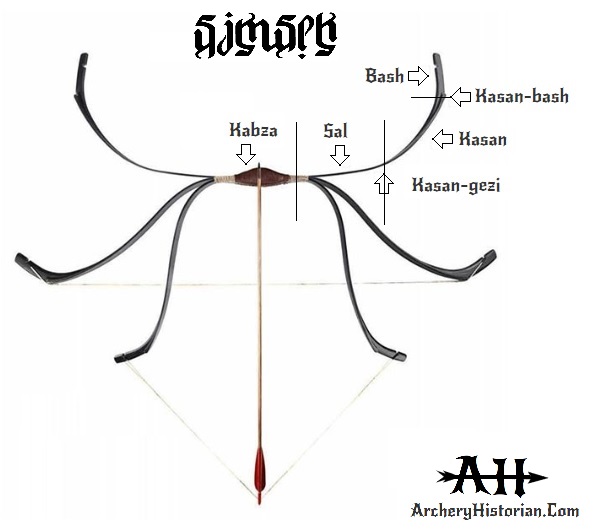
Kabza: The grip or handle of the bow
Sal: The essential bending section
Kasan: Rigid and stiffened non-bending section near the end of the bow arm. The recurve of the bow begins where the kasan meets the sal
Kasan-gezi: Slightly angled section where the kasan and sal join
Bash: The rigid, angled tip of the bow arm usually made of solid wood, possibly also reinforced with horn
Kasan-bash: Angled splice between the kasan and bash sections. The rigid sections of the kasan and bash are also commonly called the siyah
Check Out Our Traditional Turkish Bows! Made in Turkey by Simsek Bow
Best Turkish Bow
In our opinion, the new line of bows by Simsek outdo most other Turkish bows in their class. First of all the bows themselves come carefully designed to be as historically accurate as possible, taking direct inspiration from late Ottoman models preserved in Museums in Turkey. Secondly, because these bows are made from a composite of wood and synthetics. You can shoot them in any weather! You could even shoot them underwater if you really wanted to. They are water-resistant and low maintenance. Thirdly, they are made in Turkey.
The following reviews show the bows in action! The first video demonstrates the Hybrid S+ model, which is a real beauty:
Simsek Bows, A Video Review:
Turkish Bow Accessories

A common device to enhance the range of a Turkish bow is called a Siper. It is a grooved shelf that is bound to the wrist of the bow hand. It allows for a shorter and lighter arrow to be drawn past the bow so it can travel farther. A lighter arrow shot from the same bow will travel faster and farther than a heavier one. Efforts are made to reduce the mass of the arrows in flight archery. A simple way of making an arrow lighter would be to shorten it.

Another device, known as a Majra guides shorter, and therefore lighter arrows. Consisting of a simple wooden rail extending past the length of the full draw, the Majra is simple and effective. A possible benefit of these devices in combat is enemy archers cannot fire these arrows back. Unless of course, they themselves have Sipers or Majra’s.

Ottoman Archery Origins
Before the introduction of Islam in the 7th century AD, the Turks consisted of several nomadic tribes spread across Asia. Some of the Hunnish tribes that invaded Europe in the 5th century AD consisted largely of Turkish peoples. The ancient Turks originated in the region of the Altai mountains in central Asia, where modern Russia, Kazakhstan, Mongolia, and China converge. Turkish tribes, made up of nomadic herders and hunter-gatherers, slowly migrated West in successive waves that peaked during the Medieval era. The Turks eventually constructed the Ottoman Empire and remained a global superpower until after World War I.
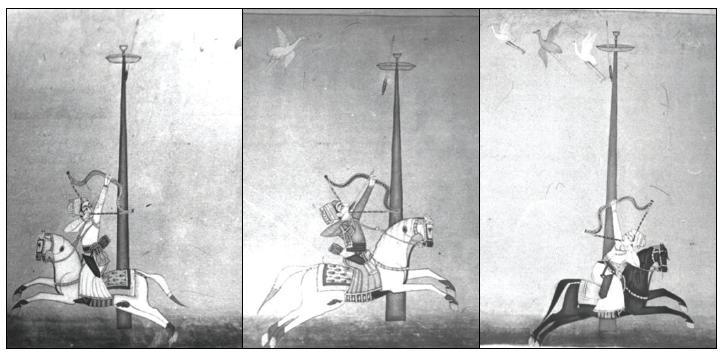
The Turkish Bow & Horse
The ancient Turkish tribes hunted and fought on horseback, much like other steppe nomads. The preferred weapon was, of course, the composite bow. Turkey, to this day, maintains a strong tradition and practice of archery, especially horseback archery. An especially unique and challenging event is the qabak or qabaq. In this game, a ball or disk is placed on top of a pole approximately 25 ft. high. Archers ride at a gallop and attempt to hit the object on top of the pole.
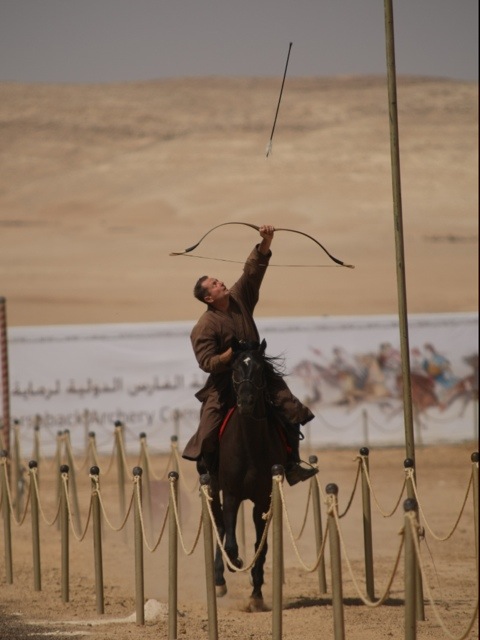
Turkish Bow for Sale, Click Image
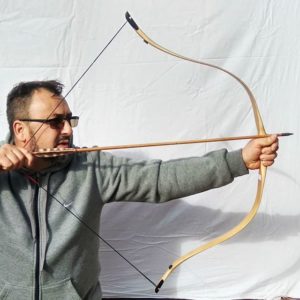
CLICK HERE FOR BOOKS
